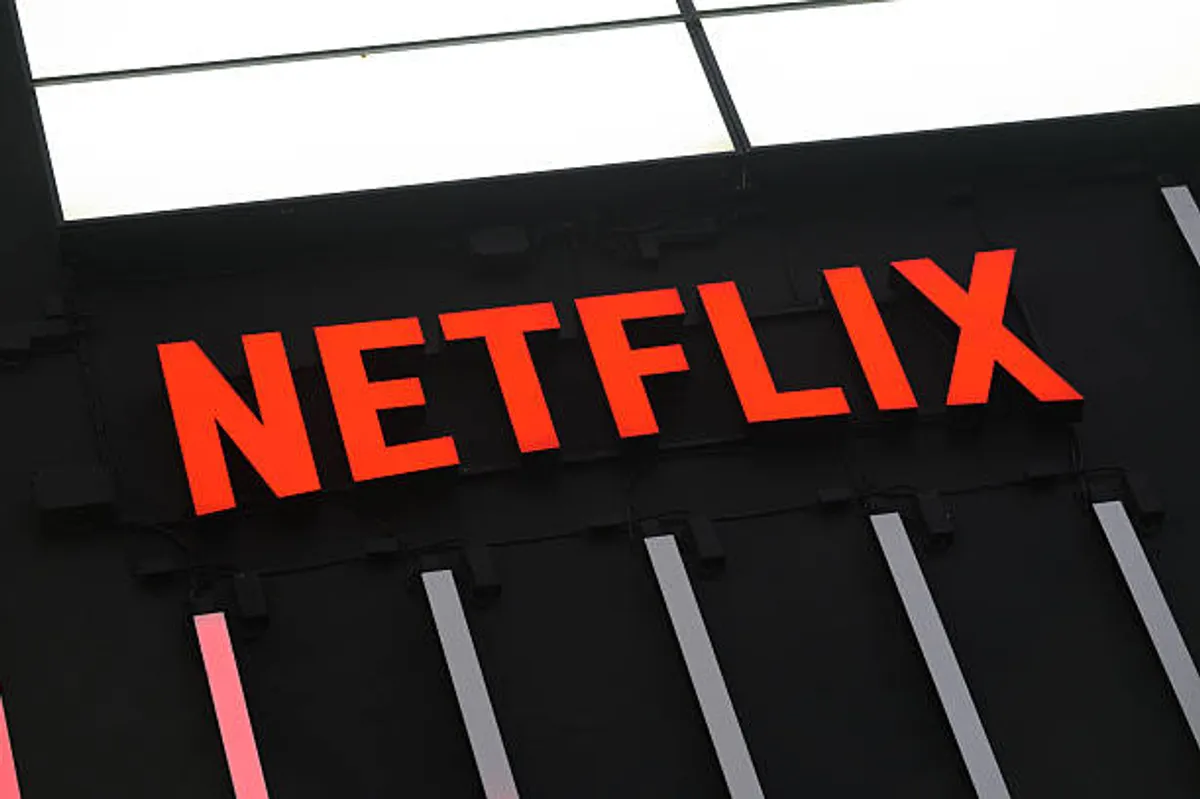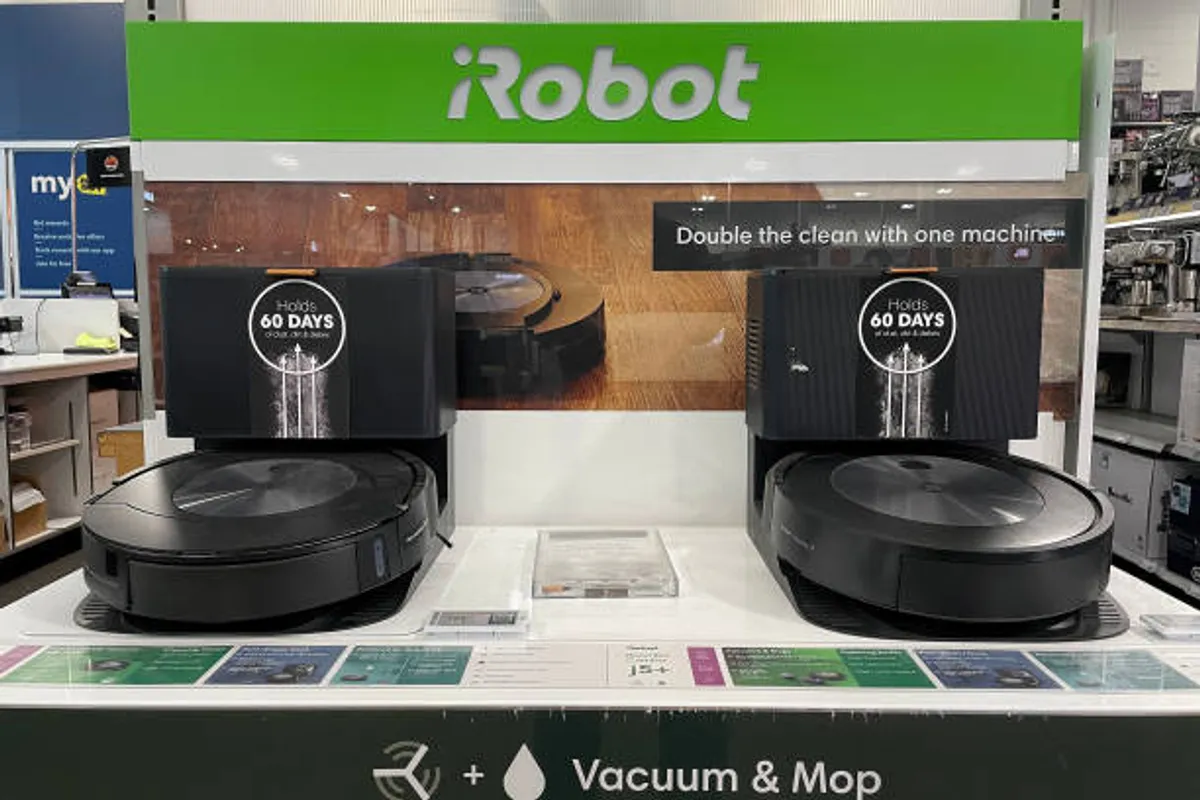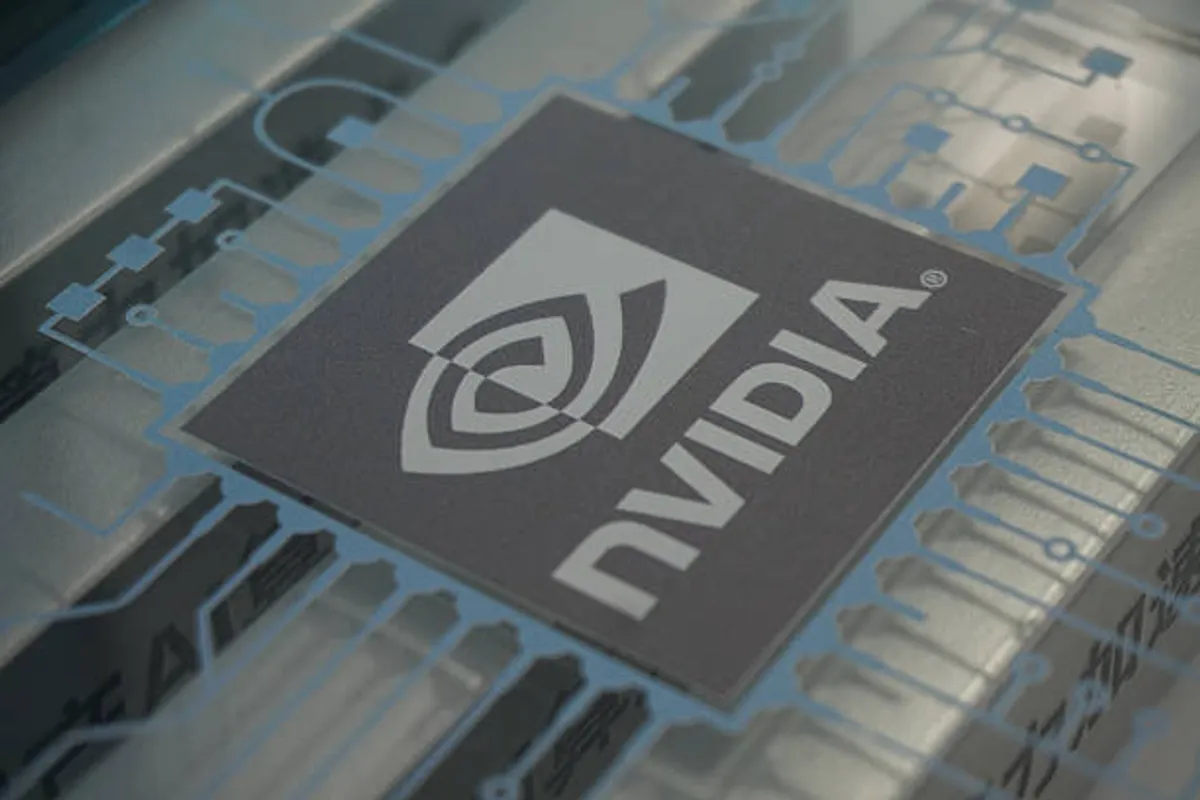
Tech Giants’ AI Spending Plans to Shake Up Stock Market in Coming Earnings Week

GeokHub
Contributing Writer
As major tech companies prepare to unveil their capital expenditure plans this week, all eyes are on how much they will continue investing in artificial intelligence infrastructure. These announcements could prove pivotal for the AI-driven rally in U.S. equities — a trend that has carried stock indices to record highs.
The rally, which gained steam after the rise of ChatGPT in 2022, leans heavily on expectations that large tech firms will continue to pour money into data centers, AI chips, and development tools. The market’s confidence hinges on sustained commitment to AI expansion, and signs of retrenchment could unsettle investors who have backstopped valuations largely on that bet.
Analysts point out that capital spending isn’t just about growth — it’s a signal. Companies like Microsoft, Alphabet, Meta, Amazon, and Oracle are expected to disclose new or reaffirmed budgets for AI infrastructure, which may run into the hundreds of billions over coming years.
In recent cycles, annual capital expenditures for these tech leaders more than doubled — from roughly $200 billion in 2022–2024 to projections that place next decade levels nearing $500 billion. That trajectory underscores how central AI is to their strategies.
If any of these firms show hesitation — trimming capex or adjusting expectations downward — it might trigger broader doubts about whether the AI growth story can support such lofty valuations.
Though AI has strong fundamentals, history reminds markets to be cautious. The late 1990s dot-com boom saw massive spending spur speculative bubbles. Some strategists warn that if capital is misallocated or overbuilt, overcapacity could follow.
Still, the current era has differences. The so-called “hyperscalers” have accrued healthier margins and stronger balance sheets than many of their dot-com counterparts. Free cash flow, at 15 % on average in the AI space, dwarfs the 3–4 % seen in telecom builds of the past.
Yet the core question remains: will all that spending translate into productive outcomes? Execution, monetization, and sustained demand will be the test.








